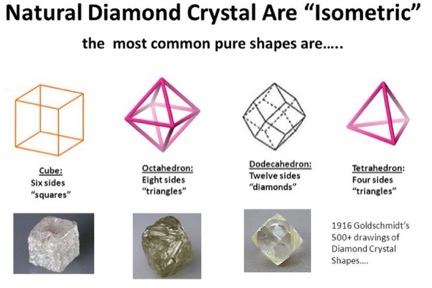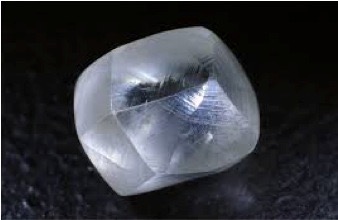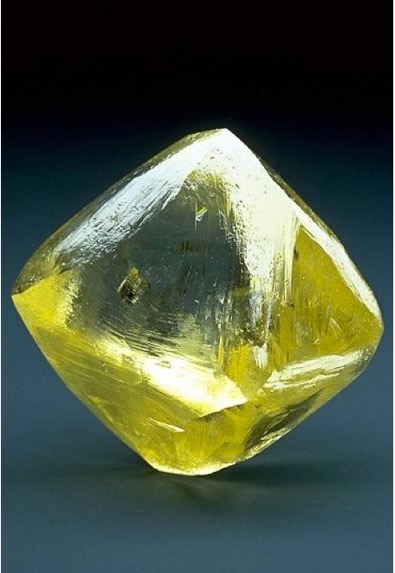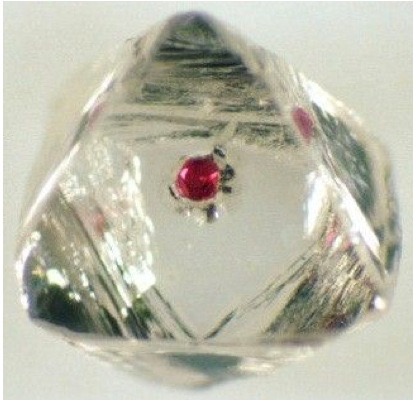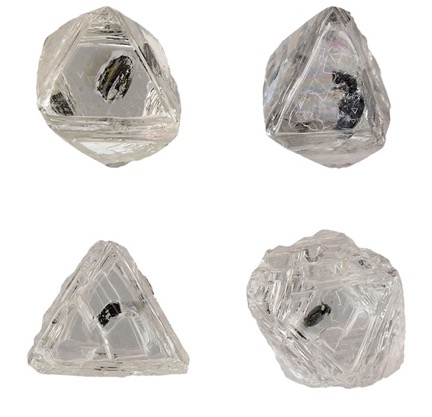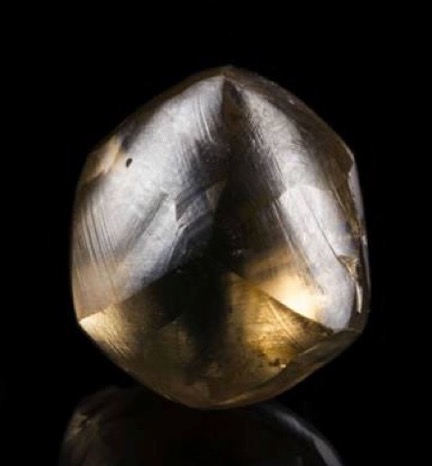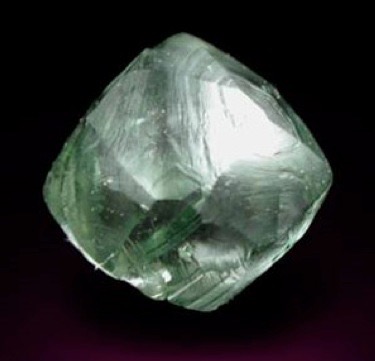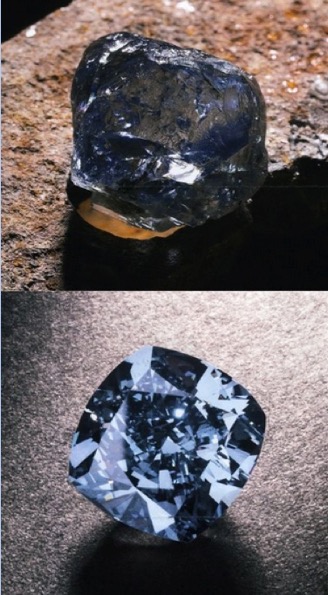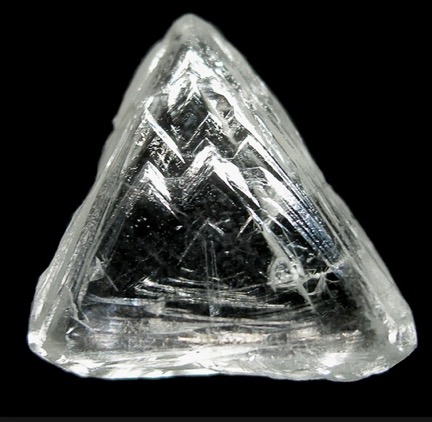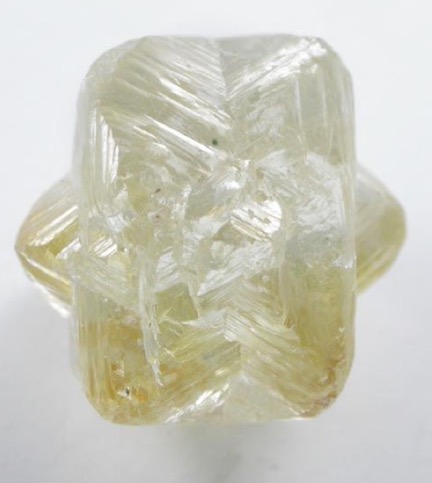A Gallery of Natural Diamond Crystals
The gallery includes clear crystals and those exhibiting a range of colors (Figures 2-13), a range of shapes (Figures 2-15), examples of inclusions found in Diamonds (Figures 1-3), examples of shaping and etching by resorption (Figures 3-15), and examples of twinned diamonds (Figures-14,15). Well-developed crystal forms, typical of diamonds, are shown in Figure 1. References to the impurity and structural defects as causes of differently colored diamonds, to twinning of diamonds, and their deposition including resorption can be found in DIAMONDS II.
